Riding the bullet train to Utsunomiya, Japan’s gyoza capital
Whisper quiet and with a cabin experience akin to the pointy end of an aircraft, this rail journey is first class all the way.
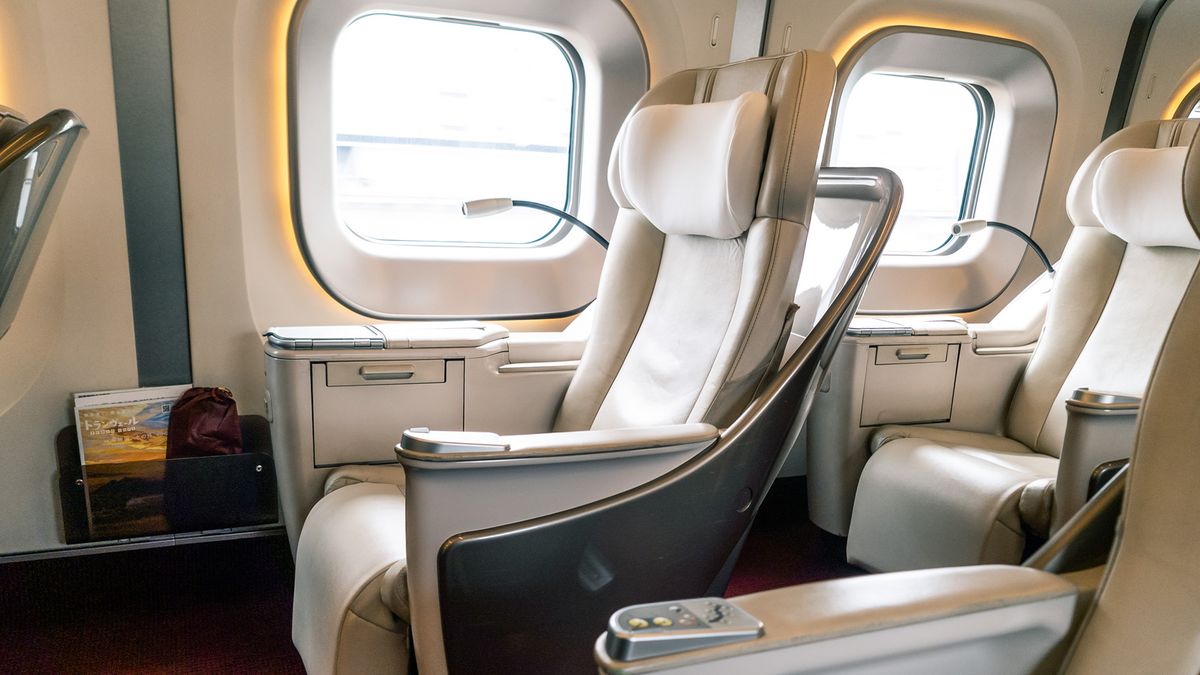
Japan’s reputation as a culinary powerhouse is without doubt. Ramen noodles luxuriating in an aromatic miso broth; artfully-plated sushi which looks (almost) too good to eat. Yet if there’s one local dish that gets me truly excited, it’s gyoza.
Crispy on the base, silky smooth on top, these puffy clouds of deliciousness are worth travelling for. Having heard the best gyoza in Japan are found in Utsunomiya, roughly 100km north of Tokyo, I made it a personal mission to get there.
However, despite a population of over half a million people, Utsunomiya doesn’t have its own airport, and the closest is an hour’s drive away in Fukushima – making the Shinkansen bullet train the best way to get your gyoza fix.
As a bonus, the Tokyo-Utsunomiya Shinkansen boasts airplane-grade GranClass seating to take the experience to the next level.
Found on the E5, E7, H5 and W7 trains operated by the East Japan Railway Company (or JR East) on the Tohoku, Hokkaido, Joetsu and Hokuriku shinkansen lines extending north and north-west from Tokyo, GranClass is a notch above the more widespread Green Class carriages. Think of it as business class rather than premium economy.
Booking your GranClass ticket
Acquiring a Shinkansen ticket is easy: walk up to an express train ticket machine (which looks very much like the standard ticket machines but with a pale blue screen bezel), tap the ‘English’ button at top-right of the touchscreen, then enter your departure point, destination, and time and date of travel.
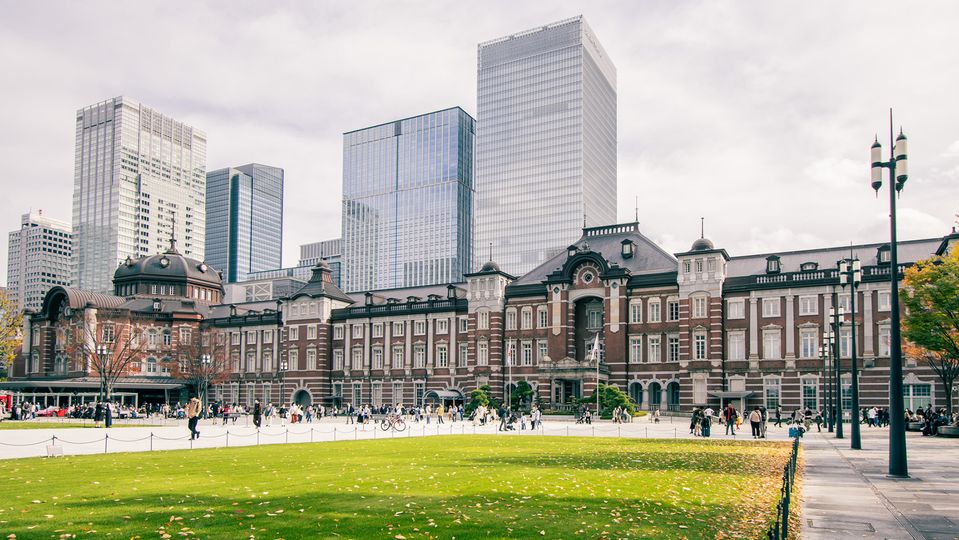
Be aware that not every train on the Tohoku, Hokkaido, Joetsu or Hokuriku line has a GranClass cabin: those which do have a gold ‘G’ symbol when the ticket machine shows what seats are available.
Select your seat, pay for it (international credit cards are accepted), and you’re ready to go.
If you’re given the option to purchase a basic fare ticket and the shinkansen ticket, or just the shinkansen ticket by itself at a lower cost. Resist the urge to save some money: buy the basic fare and shinkansen ticket together. The machine will spit out two separate tickets, but it’ll make your boarding experience just that little bit more seamless.
The cost of a return GranClass fare from Tokyo to Utsunomiya is a AU$225: that’s $68 more than a Green Car seat and $122 over a regular reserved seat ticket in the main cabin.
The GranClass experience
Shinkansen trains are known for their on-time efficiency, but if you arrive at the station well in advance of your train’s departure, as a Gran Class passenger you can access Tokyo Station’s Viewgold lounge up to 90 minutes before your train departs.
With just 34 seats it’s not much more than a quiet place to take some weight off your feet, although coffee, tea, juices and small sweets are complimentary, as is WiFi and a cloakroom service.
However, you can’t consume food or drinks purchased outside of the lounge, so ensure you’re well fed before you enter.
As expected, this Yamabiko-series Shinkansen glides into Tokyo station with chronometer-like precision; passengers are neatly lined up at the platform markings for their appointed carriage, ready to board once JR East’s cleaning crews methodically sweep through the carriages.
GranClass seats are only in the tenth carriage of JR East’s E5/H5 trains, putting passengers at the quietest end of the 10-car set when travelling away from Tokyo, or in the last carriage when travelling back to Japan’s capital.
GranClass seats
The plush, leather-upholstered GranClass pews – crafted by Toyota Boshoku, which supplies premium car seats to Toyota – are opulent not only by train standards, but also domestic airline standards.
A seat pitch of 1.3 metres means there’s considerable space between your knees and the hard plastic shell of the seat in front of you, and the 520mm seat width should be more than accommodating for Western frames.
An electrically-operated ottoman supports your feet and calves, while the backrest reclines up to 45 degrees for those who want a quick nap.
While the overhead luggage compartments are best for hand luggage, larger suitcases can nestle in the space in front of your seat.
The 18-seat GranClass cabin is small – half of the carriage’s length is taken up by the E5’s astonishingly long aerodynamic nose cone and the driver’s compartment – but it’s churchlike once the doors slide shut.
The GranClass journey
The instant my watch clicks over to our departure time, we start moving. The smoothness of the E5’s acceleration is hard to fathom until you experience it, a seamless motion that not even a Rolls-Royce can equal.
Sitting mid-cabin in one of the solo window seats, it’s just myself and an older couple who are riding out of Tokyo, and the silence is blissful.
Five of the six rows have a window by the outboard seats and mine is one of them, and the views of Tokyo whizzing by provides plenty to look at as we glide out of one of the world’s densest cities.
As Tokyo’s concrete high-rises give way to outer-urban suburbia, the speed ramps up from 130km/h to headier 275km/h.
While short of the E5’s maximum clip of 320km/h, the Yamabiko still moves at a fair pace – although you’re only aware of just how fast you’re moving when the train passes a large structure close to the rails.
And compared to your typical aircraft cabin, GranClass is as quiet and subdued as an art gallery.
In fact, anything that may impact upon the serenity of the cabin is generally frowned upon, with passengers asked to take phone calls from the area between cabins.
The general setup of the seats is more conducive to relaxation than productivity, but the fold-out meal table is wide enough to hold a spread of documents or a lightweight laptop – just type ever-so-softly on those keys.
A single Japanese/US-style AC is found at knee level, although oddly, there are no USB power sockets; and while WiFi is free, we found the speed was inconsistent.
(If you’re making a longer bullet-train trip and need to get through some work, we recommend JR East’s dedicated ‘office car’ Green cabins, which were introduced in 2021 and allow phone calls and collaborative chats en route.)
GranClass dining
GranClass is a bring-your-own-entertainment proposition. There are no integrated screens, so if you’re looking for more visual stimulation than what the carriage window provides then you’ll need to keep your phone, tablet or laptop handy – or pack a good book.
The 48-minute dash from Tokyo to Utsunomiya is regrettably too short for JR East to provide cabin crew and a food/beverage service but, as is the Japanese tradition, travellers can grab a train bento box or eki-ben from the huge number of stalls located in Tokyo Station’s lower concourse and on the platforms themselves.
Longer GranClass services include complimentary light meals (with both Western and Japanese choices) and an impressive drinks menu which includes beer, sake, wine and French cognac, all of which makes for an ideal pairing with the plush cabin.
Gyoza heaven
But as I disembark the Shinkansen at Utsunomiya, another Japanese icon awaits me – gyoza. Utsunomiya is widely hailed as Japan’s gyoza capital, and this trip is just a flimsy excuse to witness how the quiet regional city does its semi-fried pork dumplings.
Walking out of Utsunomiya Station and onto the street outside, I’m glad I didn’t have anything to eat on the train. The smells wafting out of the gyoza restaurants around the station are tantalising.
Thankfully, a friend from Utsunomiya has warned me to bypass those restaurants and instead head to Miyajima-dori, a backstreet in the town centre where some of the oldest gyoza shops are clustered.
Here, your options are plentiful. Four well-known gyoza-ya are all within mere steps of each other… but be prepared for long lines.
With time being of the essence, I choose the much less formal option of Gyoza Masashi’s hole-in-the-wall servery, where they dish out a cardboard box of twelve freshly-cooked yaki-gyoza dumplings for a mere 500¥ (AUD$5.45).
And yes, the Utsunomiya hype is justified.
Each row of six conjoined gyoza feature perfectly crispy bottoms matched with delicately steamed tops, encasing a generous portion of pork and vegetable filling.
Tearing into the provided sachet of soy/vinegar dressing, I douse the whole lot and continue eating. The flavours are beautifully balanced, not overly salty, nor overly oily or fatty.
Don’t be confused by the cardboard box, plastic bag and small-change price tag – this is fine dining.
I stand on the street and devour the lot in just a few minutes. It’s a good amount of food but I crave more, so I stand in line and hand over another 500¥ coin. I’ve come all this way, it would be rude not to indulge further.
The GranClass verdict
While domestic air travel is incredibly well-developed in Japan, the fact that you can bypass the usual pre-boarding heartaches by simply taking a rail option to many destinations is a massive selling point.
GranClass adds a considerable dash of luxe in the form of a stupendously quiet cabin and acres of sprawling space for each occupant.
While the price may be a little higher than what a domestic flight will cost you, the experience on rails will be smoother, more relaxing, more exclusive and so much more special that what you’ll get in the air.
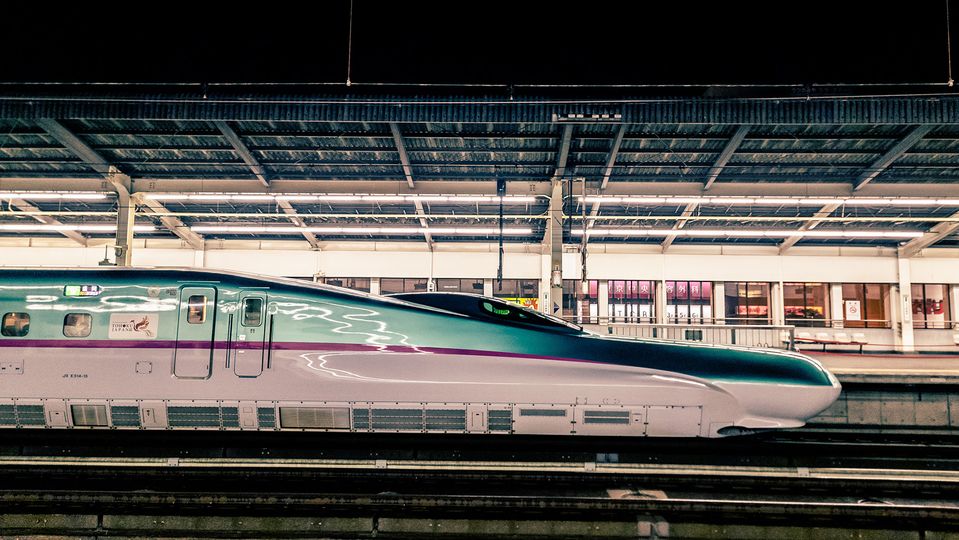
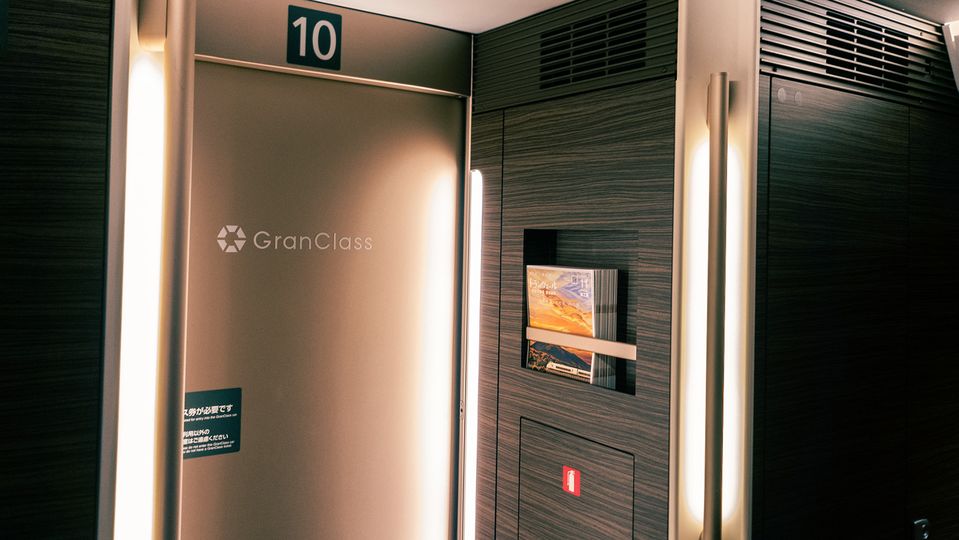
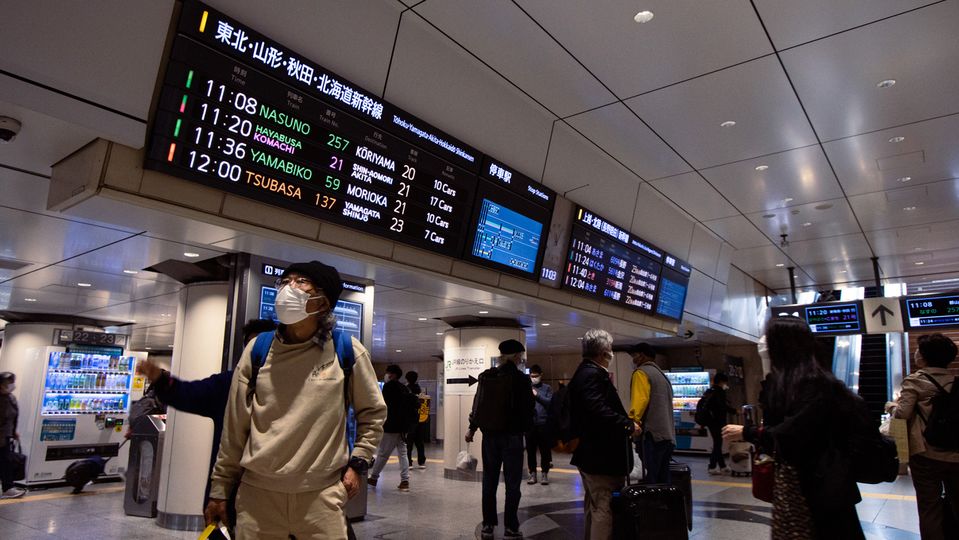
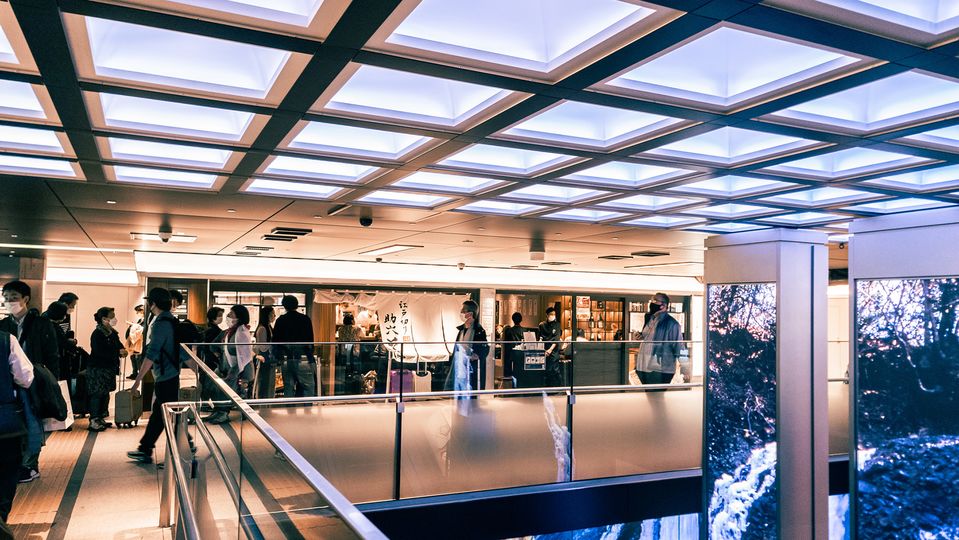
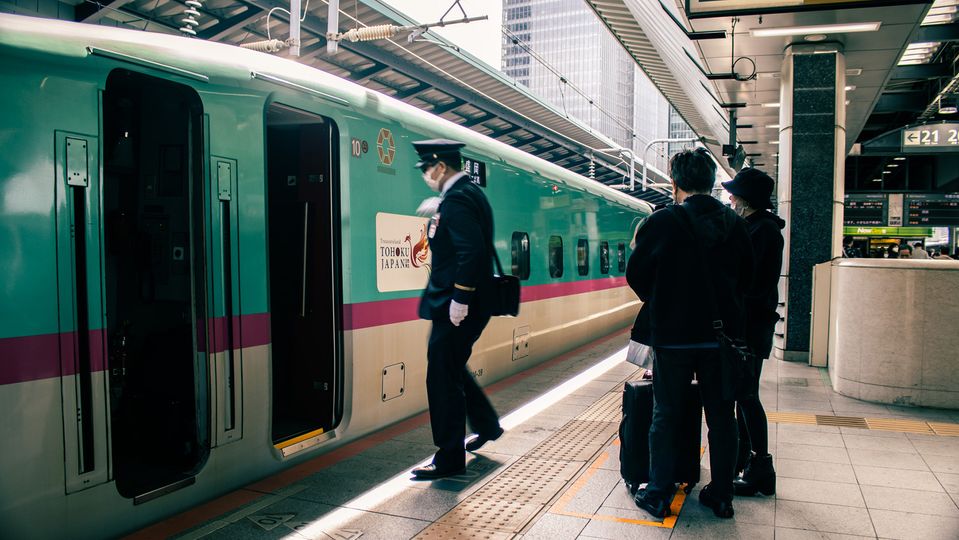
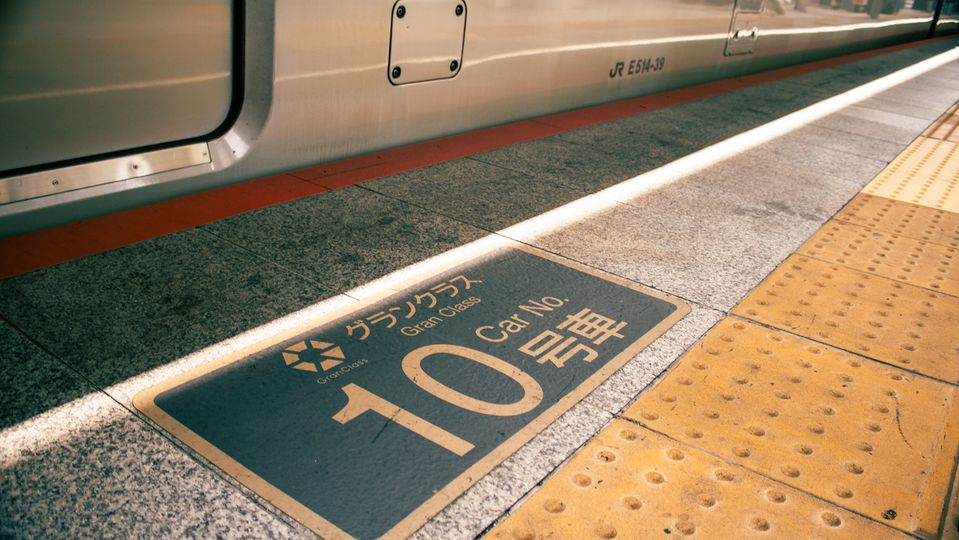
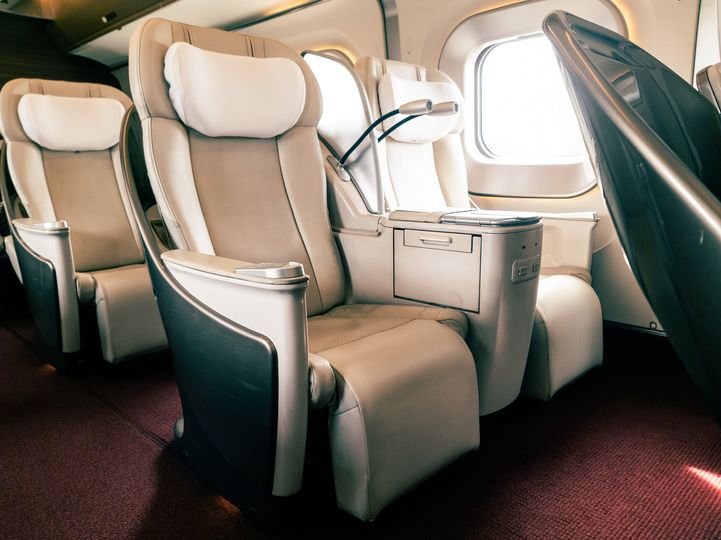
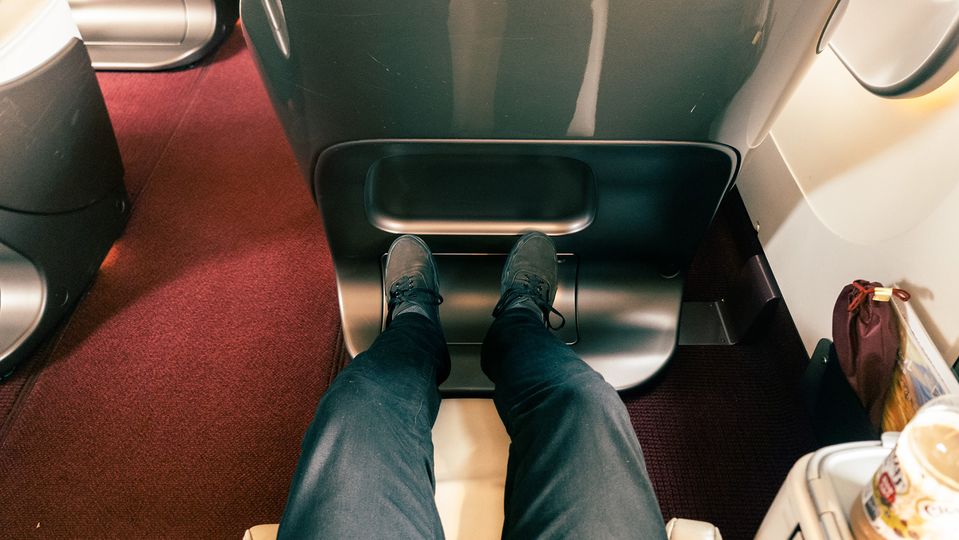

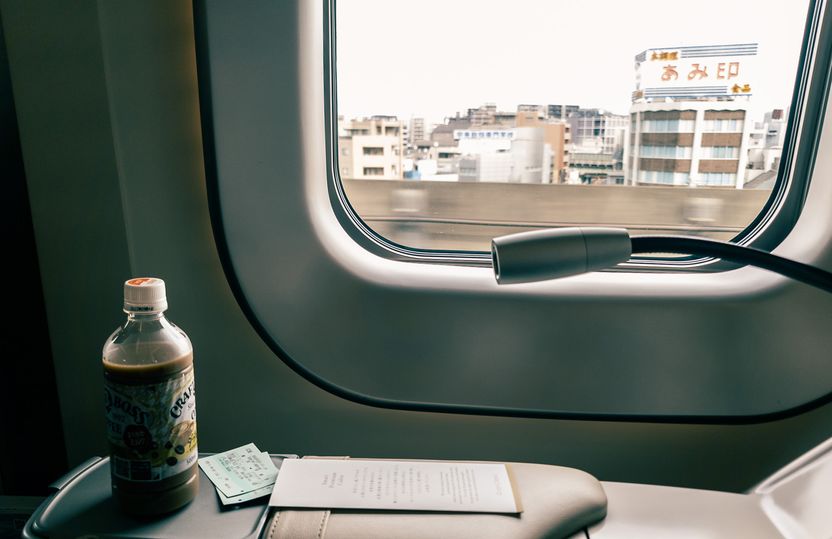
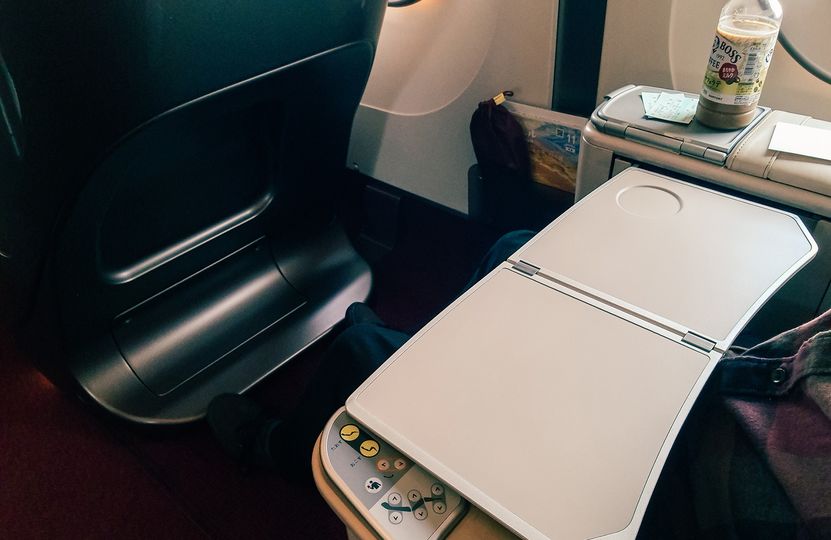
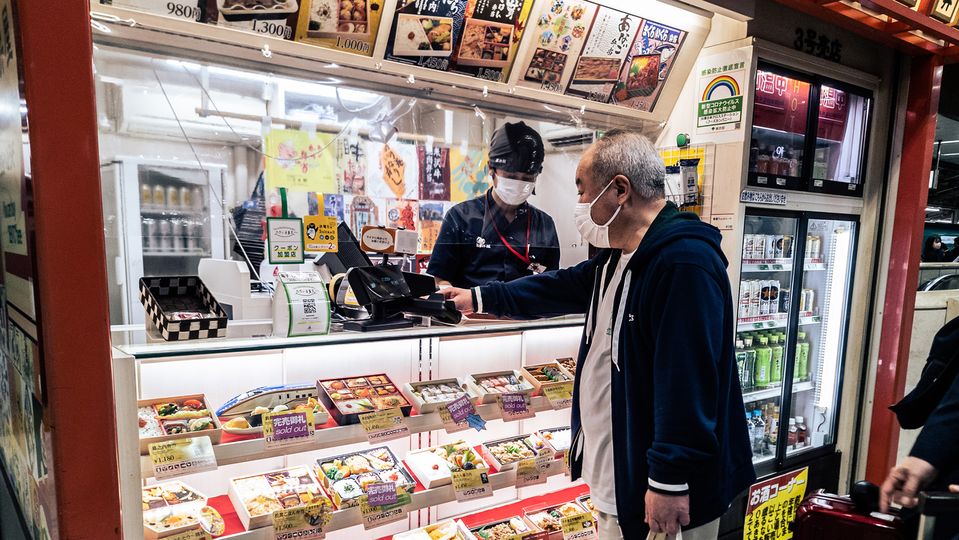
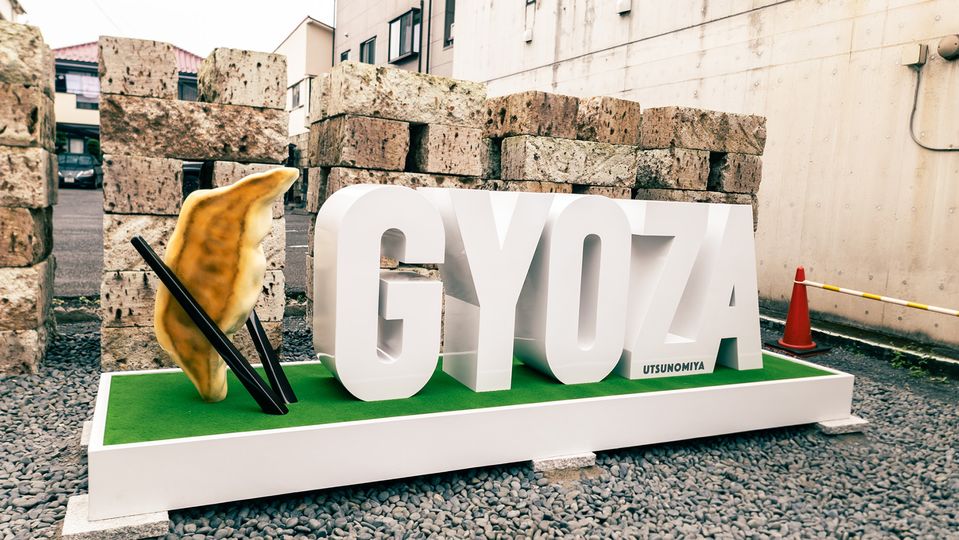
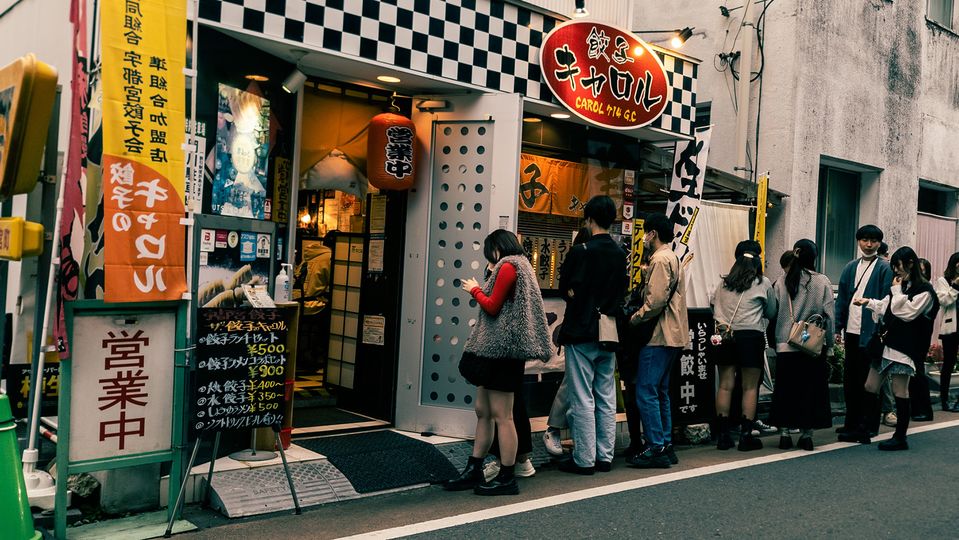
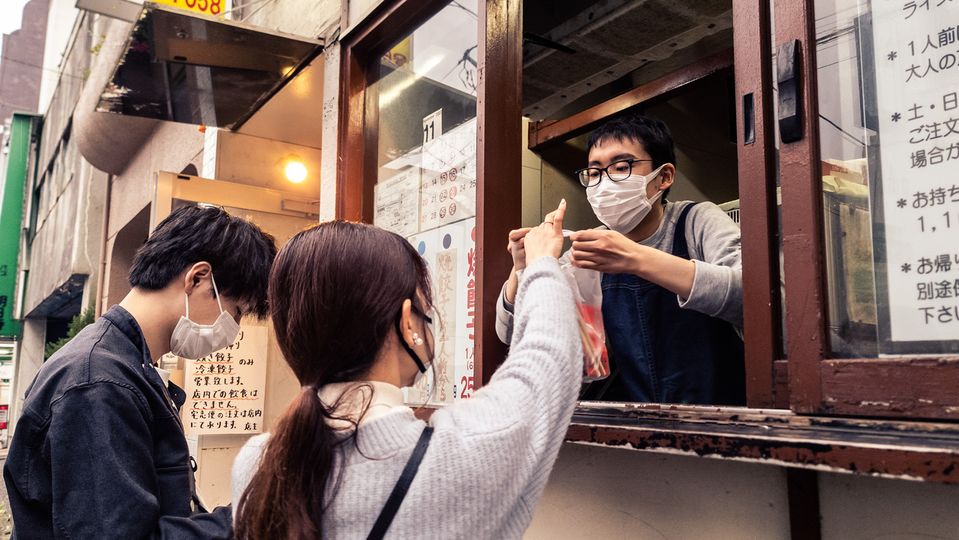
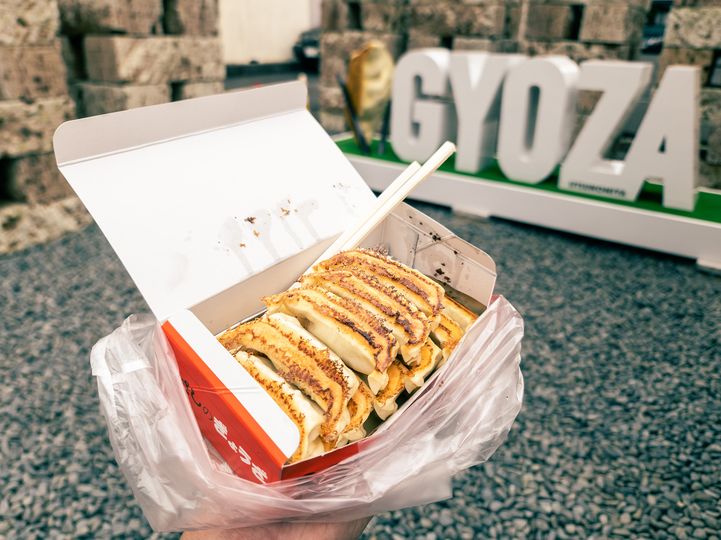
American Airlines - AAdvantage
13 Jul 2015
Total posts 274
While the overhead luggage compartments are best for hand luggage, larger suitcases can nestle in the space in front of your seat.
Why do Trains in Japan lack storage spaces for larger bags?
Virgin Australia - Velocity Rewards
10 Nov 2011
Total posts 130
Most people use very efficient and cost effective bag forwarding services in Japan. It means not having to lug your large bags around stations.
12 Aug 2019
Total posts 16
Brilliant idea...
Virgin Australia - Velocity Rewards
12 Nov 2017
Total posts 20
I traveled recently on the Shinkensen between Tokyo and Kyoto, there is plenty of storage for large bags at the end of the cabin and behind the last seat of the carriage.
19 Oct 2018
Total posts 7
I believe If you are travelling with large suitcase(s) it is a requirement to let reservation staff know when booking the shinkansen so they can allocate you a seat with storage space behind you.
03 Aug 2022
Total posts 6
There are some new rules about big bags on Shinkansen - make sure you do your homework before you travel
03 Aug 2022
Total posts 6
For rules:
https://tokyocheapo.com/travel/transport/new-shinkansen-luggage-rules/
17 Oct 2017
Total posts 15
Awesome article Tony, I love a good food based journey. Great way to spend some down time on a work trip
Virgin Australia - Velocity Rewards
24 Jan 2018
Total posts 775
Good read, thank-you.
10 Oct 2020
Total posts 1
I went on the train in 1971. It’s a fantastic experience. The only problem then was that at 192cm I kept banging my head on the doorway when moving between carriages
Qantas - Qantas Frequent Flyer P1
23 Aug 2014
Total posts 148
Great article - helps re-kindle post COVID enthusiasm and interest for travel overseas, with lots of useful details
17 Sep 2023
Total posts 1
The ability to turn up and buy a ticket at the station makes the bullet train a winner, but I think you should also cover buying tickets in advance. Especially with the value proposition of the Japan Rail Pass diminishing significantly after the pricing changes next month.
All three major JR companies (East, Central, West) now offer Shinkansen and other train reservation online in English. You can buy your tickets a month in advance, reserve the best seats (row 1 without status! or the back row for those travelling with large bags) and depending on the operator and trip length, buy at a significant discount to the standard fare.
As I discovered on my last trip in March, online ticketing works slightly differently for each train operator - for example, on the Tokaido/Sanyo Shinkansen you can get a QR code pass to use directly at the ticket gate whereas other routes like Tokyo-Utsunomiya will require you to convert your online booking to a physical ticket at a railway station.
A deep dive into advance online booking for the Shinkansen and limited express trains in Japan might be helpful content for your readers.
19 Oct 2018
Total posts 7
Travelling on the Shinkansen in Japan is the best experience. Last trip we went from Tokyo to Hokkaido island and it was all over before we knew it. Watching Mt Fuji go by in the distance and the countryside of Japan. Can't wait to do it again soon!
04 Nov 2019
Total posts 2
We ski regularly in Japan and use the Shinkansen which cannot be faulted. We also use the luggage transfer system as our ski bags etc can be collected from the Tokyo hotel and delivered to our ski hotel for approx $20! No need to drag these around with taxi, thru stations and the snow buses. A great reliable and easy service to add to the Shinkansen experience!
Hi Guest, join in the discussion on Riding the bullet train to Utsunomiya, Japan’s gyoza capital